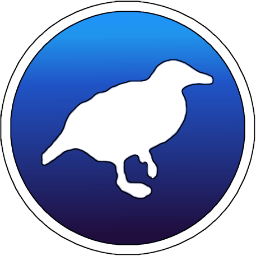
January 02, 2020 | category 👉 tools
Share on:

R is an open-source software which you can use and incorporate into your spatial task or workflow especially for statistical and graphical purposes. Lots of spatial libraries has been developed by various developer such as sp, rgdal, sf ,raster, ggmap, rgdal, rgeos, maptools, tmap and more other libraries.

KNIME (Konstanz Information Miner) is a free and open source tools for analytics, reporting and integration platform. But can it do any spatial analysis? Why not?.. 🤫 Convert your spatial data to *.csv with geometry information, then open it from KNIME. Viola 🙌🏽
Graphical user interfaces make it easier to navigate, but need some time to get familiar with.
It has a lot of machine learning function and it is worth to explore.

WEKA (Waikato Environment for Knowledge Analysis) is a free software developed at the University of Waikato. As mention in their website:
“Weka is tried and tested open source machine learning software that can be accessed through a graphical user interface, standard terminal applications, or a Java API. It is widely used for teaching, research, and industrial applications, contains a plethora of built-in tools for standard machine learning tasks, and additionally gives transparent access to well-known toolboxes such as scikit-learn, R, and Deeplearning4j”
It can be use to do some analysis especially for data mining, classification and regression of spatial data (statistically, not for raster operation). *.csv file can be use as a data source.
Simple and easy to use.
Custom map symbology, fantastic logo, a gorgeous North arrow, a beautiful cartographic font…just say it, you can do it all in Inkscape.
🤔 but you need some skills, so take your time to explore and learn how to draw a rectangle first. It is worth to try and learn.

An open source version of Photoshop, a wonderful tools to enhance your image (NOTE: Never ever enhance your raw satellite image in GIMP or Photoshop). Quite useful when you need to resize, crop and editing the image for your report and presentation.
In order to do some visualization or editing on spatial images, make sure your image have a world file such as gfw, jgw, j2w, pgw and tfw matches the raster’s base filename.
Editing any programming language, scripts, edit or create a GPX and KML file. Compatible with a lot of programming languages.
Drag, edit and save. Simple…
An integrated development environment (IDE) used in computer programming, specifically for the Python language. You may want to develop a python based plugin for QGIS or ArcGIS, and it is free to use.
Also, you can write JavaScript, PHP, HTML or CSS for web-mapping application.
![]()
I call it a magician tool. Most of geospatial image processing or GIS software relying on GDAL for most of the format conversion.
If you want to learn more Check it out!
⤎ back to posts